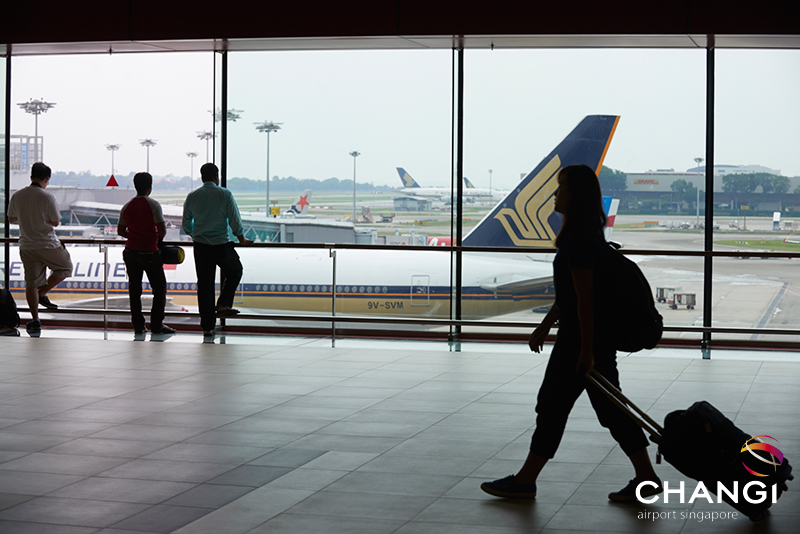Asia-Pacific international flights still hit hard by COVID
29 April, 2021
3 min read


The Asia-pacific region remains hard-hit by COVID with less than one in four seats filled by passengers on planes that were still flying on international routes in March.
Figures released by the Association of Asia Pacific Airlines (AAPA) showed that just 1.1 million passengers flew on the region’s carriers in March or about 13.2 percent of the already COVID-affected passenger volumes in march 2020.
The association attributed the poor figures to the uneven progress of vaccination rollouts and a rapid resurgence in COVID transmissions in countries such as India.
READ: ANA introduces world-first 'hands free' loo door.
“March marks a full year since the World Health Organisation declared COVID-19 a pandemic,’’ AAPA director-general Subhas Menon said.
“Asian airlines have been faced with major challenges over the past twelve months and have evolved their strategies to stay afloat, by adapting to changing demand patterns and diversifying their revenue base, whilst undertaking significant cost-cutting measures.
“Much needed government support has also helped the industry survive.”
Available seat capacity in the region averaged 27 percent of the previous year’s volumes as most of the region’s commercial passenger fleets remained grounded. The international passenger load factor fell by 29.4 percentage points to an average of 23.8 percent for the month.
But there were some bright spots: overall rising business confidence fuelled cargo growth and the emergence of travel bubbles.
International air cargo demand measured in freight tonne-kilometers grew by 16.1 percent year-on-year to make March the best performing month since December 2019.
Offered freight capacity rose by a comparatively slower 12.7 percent year-on-year, leading to a 2.2 percentage point increase in the average international freight load factor to a healthy 74.3 percent in March.
“The recent commencement of travel between Australia and New Zealand is certainly a welcome step,’’ Menon said.
“In addition, quarantine-free travel between Singapore and Hong Kong, announced for end May, with talks of more travel bubbles in the pipeline, provide hope for a gradual restart of international air travel this year.”
The AAPA boss said the industry needed to learn to live with COVID and joined the call for globally harmonized, risk-based measures to safely reopen air travel.
“This includes digitalization of travel health certificates, as well as the implementation of contactless and seamless travel measures in accordance with ICAO and WHO guidelines, to support travel recovery,’’ he said.
“The association remains committed (to) working closely with governments to aid the resumption of air travel in a smart, safe and sustainable way.”
Get the latest news and updates straight to your inbox
No spam, no hassle, no fuss, just airline news direct to you.
By joining our newsletter, you agree to our Privacy Policy
Find us on social media
Comments
No comments yet, be the first to write one.

